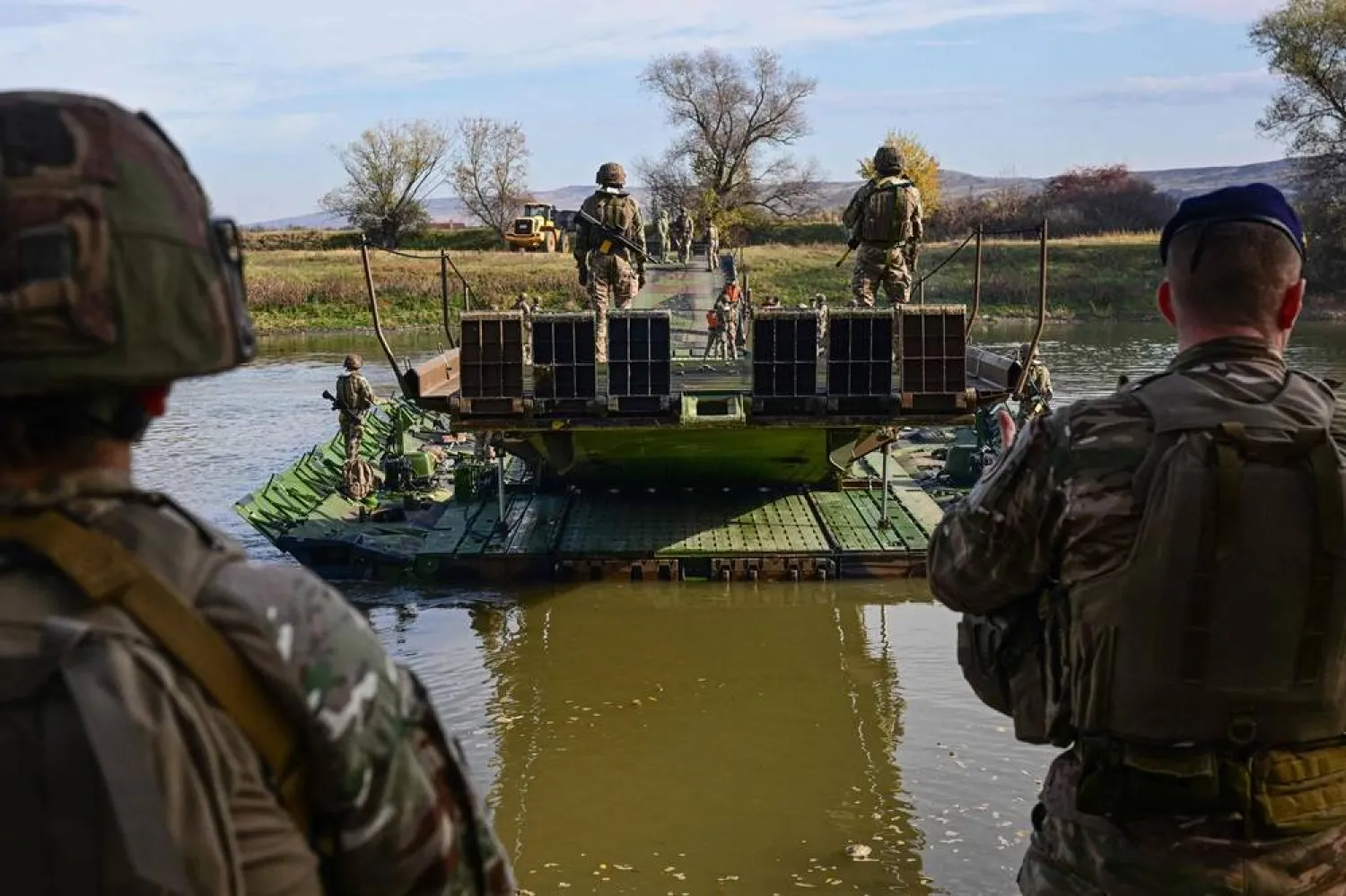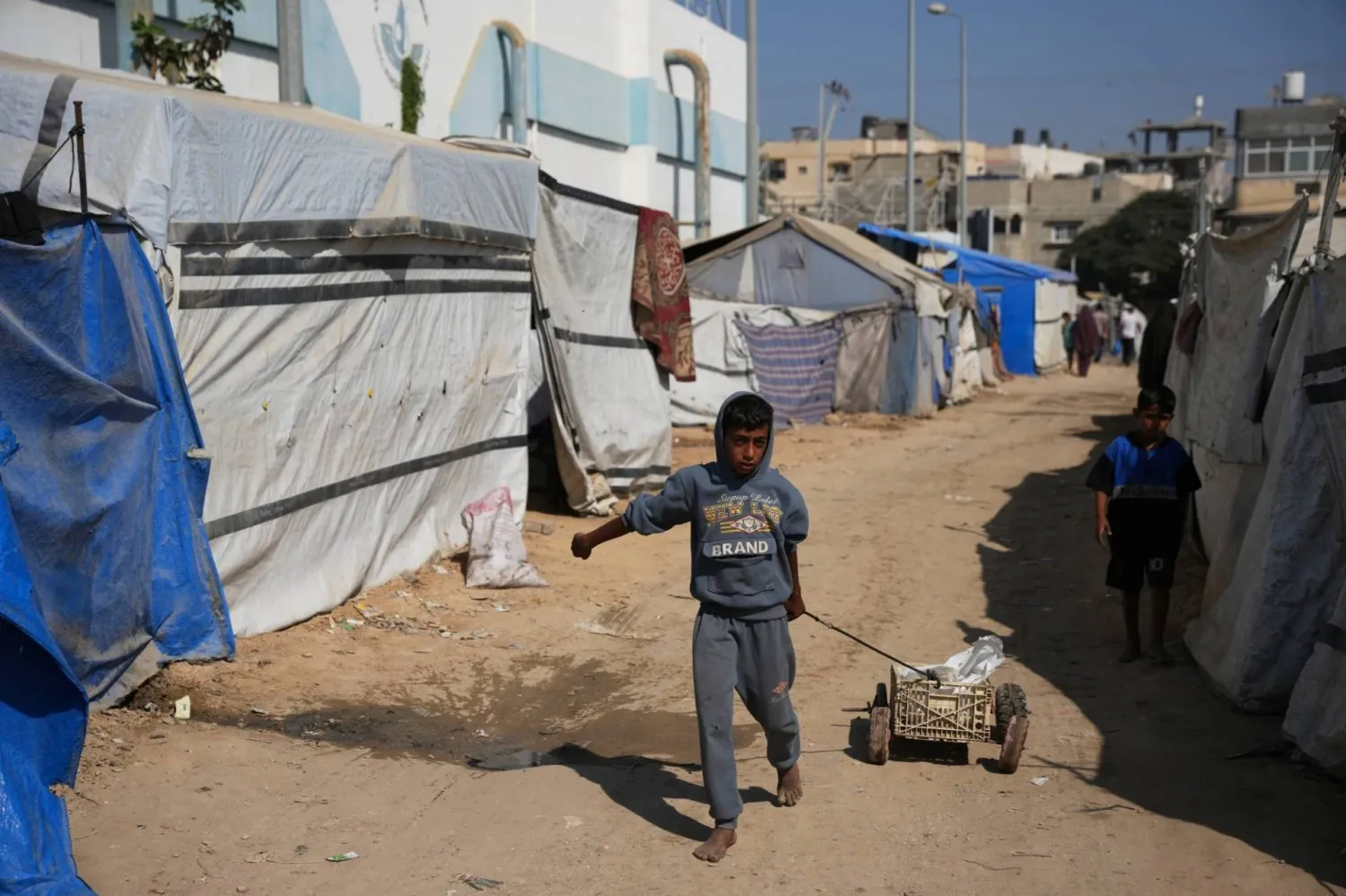Thousands of foreign documents, uncovered by a Saudi researcher specialized in Saudi history, revealed important aspects that characterized the first central state in the Arabian Peninsula, which was founded by Imam Muhammad bin Saud.
With King Salman’s announcement that February 22 will be known as Founding Day, commemorating Saudi heritage and history, Dr. Princess Jawaher bint Abdul Mohsen bin Abdullah bin Jalawi Al Saud unveiled, in an exclusive interview with Asharq Al-Awsat, information and documents of great historic value, which detailed the rich experience of Saudi princes who ruled over the region 300 years ago, and their ambitious plans to establish an empire.
According to the foreign documents revealed by the princess, Imam Muhammad bin Saud, founder of the first Saudi state and the first Saudi king, acknowledged the importance of imposing a system that would rely on the management of a ruler, who would be capable of making decisive decisions that would provide security and stability for the region.
This is in fact the first requirement on which states and governments are built, and which would only be achieved by unifying the Peninsula’s inhabitants, who were forced by the arid conditions to depend on the natural economy with the absence of a central authority.
The Arabian Peninsula was rife with tribal conflicts and competition between small rival emirates, the researcher told Asharq Al-Awsat, adding that as a result of the changes that had occurred in the region, Imam Muhammad bin Saud had accelerated his efforts to put an end to the feuds and unify the lands.
“Thus, he succeeded in establishing the first nucleus of a young Arab Islamic power that emerged from the heart of the Arabian Peninsula,” Princess Jawaher said.
British archive documents confirmed that Imam Muhammad bin Saud ruled for many years, and after his death in 1179 AH (1765 AD), he left to his sons a stable kingdom, which enjoyed a great reputation and was respected throughout the region.
Imam Abdulaziz bin Muhammad took over the reins of power after the death of his father. He strived to maintain Imam Muhammad’s legacy and sought to change the balance of power in the Arabian Peninsula, posing a real danger to the Ottoman Empire.
He contributed to the expansion of the state under the leadership of his eldest son, Prince Saud. British records confirmed the success of Imam Abdulaziz in tightening his grip on the Arabian Peninsula. During his reign, the region enjoyed stability and security.
In this context, Dr. Jawaher Al Saud quoted Ottoman records, which said that the imam was known for his firmness, strength and determination. The records also mentioned the influx of warnings to the Sublime Porte about his increasing activity, which made the Ottoman Empire stress the need to take urgent and strong measures to curb his power.
For this reason, orders were sent to the governor of Baghdad to take the necessary action and coordinate with other governors and tribes of Kurdistan and Iraq in order to eliminate the danger, at a time when campaigns led by Imam Saud extended to the Levant and Iraq to the borders of Basra.
The British consul in Baghdad, in a report sent to the British ambassador in Istanbul on July 29, 1803, recommended Britain’s support for the Ottoman forces, as he noted that no campaign against Diriyah would succeed in the face of an army of 100,000 fighters carrying swords and willing to die for the sake of their cause…
Moreover, the British consul pointed out in his letter that if the Ottoman Empire insisted on launching this campaign against the Saudis, this would not only lead to the failure of the campaign and the Ottomans to lose their influence over the Arabian Peninsula… but would most likely lead to the overthrow of the current sultan and the defeat of the Ottoman rule.
The researcher stressed that the Ottoman records confirmed that after the multiple defeats of the governor of Baghdad, the rulers of the Ottoman Empire no longer aspired to eliminate the Saudi state, but sought to push away its danger without disregarding the upcoming Saudi tide.
Dr. Jawaher Al Saud considered that the emergence of Saudi influence over Makkah Al-Mukarramah has resulted in frequent messages between the Ottoman Sultan and his men of state and the governors of the regions to control the ambitions of Imam Abdulaziz.
She added that the governor of Baghdad, Ali Pasha, was aware of the plot to get rid of Imam Abdulaziz and his son Saud. When it was not possible to reach Prince Saud, Imam Abdulaziz was stabbed to death when he was performing the afternoon prayers in 1218 AH - 1803 AD.
The historian explained that the third imam in the first Saudi state, Imam Saud bin Abdulaziz bin Muhammad bin Saud, succeeded in extending his influence in the Arabian Gulf and Oman, which raised British fears of his increasing activity in those areas.
During his reign, the Saudi state reached the peak of its power, and emerged as an Arab supremacy that represented the greatest challenge to the Ottoman presence.
British reports have confirmed that Imam Saud’s ambition was not limited to annexing the countries of the Arabian Peninsula, the Levant and Iraq, but to extending his influence outside the Arabian Peninsula towards India.
According to Ottoman records, the Persian Shah has urged the Ottoman Empire to work to eliminate the Saudi tide that had reached the areas of Persian influence in the region, which prompted the Ottomans to send an official envoy with the aim of reassuring the Shah and emphasizing the endeavor to meet his demands.
The researcher concluded by saying that the Ottoman Empire acknowledged the Saudi-Arab danger, and as a result of its failure to limit its growing influence after losing the Two Holy Mosques and its inability to protect Baghdad and the Levant, the Ottoman Sultan issued orders to his successors in Egypt, the Levant and Iraq to move again in an attempt to eliminate the first Saudi state.
Tusun Pasha crossed the sea towards the Arabian Peninsula in 1226 AH - 1811 AD, and his father, Muhammad Ali Pasha, joined him in 1228 AH - 1813 AD. Imam Saud passed away in 1229 AH - 1814 AD in a critical period in the history of the first Saudi state, where the Ottoman forces were besieging Turbah after the surrender of Makkah and Madinah by the collaborators with the Ottoman forces.









